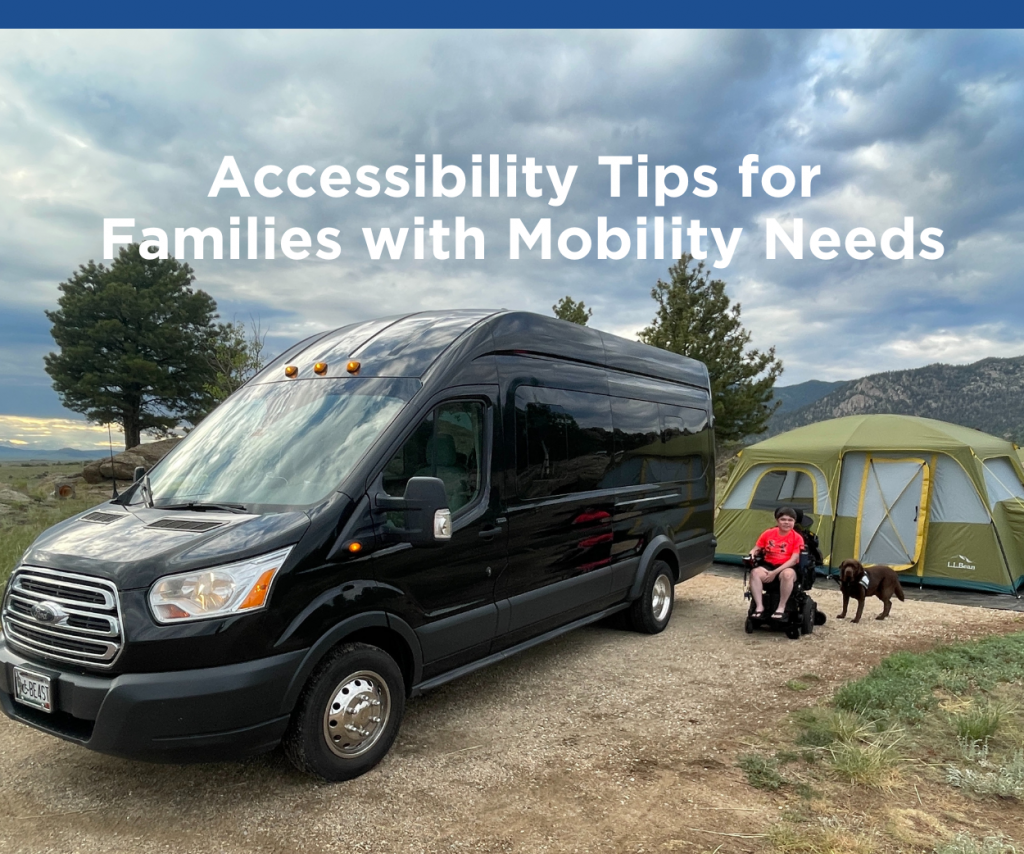The Right Wheelchair Ramp for the Safety of Mobility Impaired Individuals

Ramps play a major role in the lives of mobility impaired individuals. It helps disabled and elderly people to move from one floor level to another. These are inclined planes that are installed either instead of or in addition to stairs. A ramp is also useful for people pushing strollers or carts. According to the Americans with Disabilities Act (ADA), a building or structure must be accessible to wheelchair users and this can be accomplished with the help of a wheelchair ramp. Ramps can be purchased from National Seating & Mobility who can help you select the products most appropriate for your specific requirement.
There are primarily three types of wheelchair ramps: permanent, semi-permanent and portable ramps.
- Permanent ramps: These are long-term solutions and are typically cemented or bolted in place. These are ideal for halls and new buildings. They are fixed ramps made of materials such as aluminum, steel and wood.
- Semi-permanent ramps: These ramps are simply placed on top of the ground. They are ideal as short-term solutions required for temporary use. They are usually made of aluminum and are also available as DIY options. They are provided along with a ramp installation guide.
- Portable ramps: These are made of lightweight materials. They can be folded and conveniently carried. Portable ramps are great options for wheelchairs and scooters to access steps, vehicles, raised landings and thresholds. Well-known manufacturers such as Prairie View Industries and EZ-Access offer different types of portable ramps that are sturdy and convenient.
Tips to Bear in Mind When Installing a Ramp
Following are some the tips that should be kept in mind while installing your ramp.
- Ramps should have a slip-resistant surface in order to avoid any tripping or falling.
- There should be a 5’ by 5’ level (minimum) platform at the top of the ramp to allow for wheelchair movement. If the ramp is longer than 30’, a platform should be provided at every 30’ to ensure safety and provide opportunity for rest.
- There should be no step or bump exceeding one to half inch at doors or thresholds and there should be a level area 5’ by 5’ at doors.
- In buildings modified for accessibility, there should be at least 2 remotely located accessible entrances for exit in case of emergency.
- To ensure the safety and security of users, wheelchair ramps having a slope of more than 5% (greater than 1:12) should be provided with handrails. The handrails should be located 32” from the ramp surface, and extend an inch beyond the top and bottom of the ramp. It also advisable to have wheel guards on each side to prevent the wheelchair from falling off the edge.
- To ensure adequate stopping distance, ramps should have a 5’ straight and level surface at the bottom.
Safety and comfort are two main elements that should be considered while installing a ramp. National Seating & Mobility offers ramps that would meet all quality standards. They offer a wide range of ramps for residential as well as commercial use.
More Stories
Related Articles
Camping Made Possible
Depending on what climate you live in, late fall to early spring can be the perfect time to squeeze in a camping trip, and the…
Last Minute Holiday Gift Guide for People with Disabilities
Looking for the perfect last minute gift for someone who uses mobility equipment? Our holiday gift guide has you covered! The holiday season is here,…
Making a Home Safe for Seniors
Did you know that 55% of all senior fall injuries happen inside their house?* As people age, they often lose some level of mobility, strength,…


